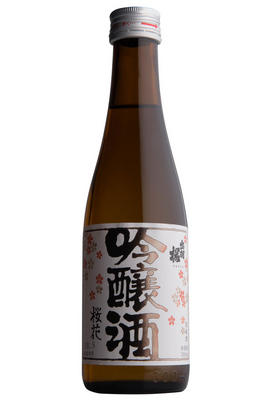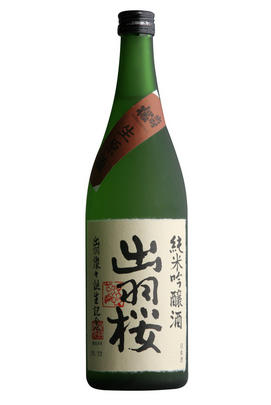Dewazakura Sake Brewery
£32.00
– bottle
(72cl)
More sizes available
Add item
£36.95
– bottle
(72cl)
Add item
Dewazakura Namagenshu, Green Ridge, Yamagata Prefecture, Sake, Japan (17%)
17.0% Alcohol
Find out more




There are thousands of saké breweries in Japan and Dewasakura is located in Yamagata prefecture, and is one of the most prestigious. It was one of the first to seek to introduce a cool fermentation process with the aim of creating a delicate, refined product which could be drunk chilled. An effusive flowery bouquet is the unmistakable footprint of sakes from the Dewazakura Brewery in Yamagata Prefecture. Light, fragrant and delicious, the brewery’s ginjo labels are especially popular in Japan. Often called “winedrinkers’
First, however, a bit of background. The brewing process for saké is very complex and takes much longer than for the production of beer or wine. The variety of rice used for saké, Sakamai, is not the same as that used for eating. It features larger, softer grains, and is more expensive, since it is only grown in certain areas and requires special cultivation techniques. 75% of all saké is made for commercial, mass-market use, and is produced by adding industrial alcohol and sugar to the fermenting rice. The result is undistinguished.
High-quality saké, however, is a labour of love, and the first requirement is to mill and polish the grains of rice to remove the fibre and protein, which form the outer husk. This leaves behind the central grain of starch, and as a rule the higher the percentage of the outer shell removed, the finer the resultant saké. Fermentation takes place slowly at 15°C or less, so often lasts months, but the low temperature is vital to maintain aroma and freshness.
The fermentation process requires the use of a microbe called Koji, similar to the agent which creates blue cheese, as this converts the starch in the rice grain to sugar. Yeast is added to convert the sugar into alcohol. In beer production this is a 2-stage process, but in the case of saké this happens simultaneously; it is called “multiple parallel fermentation”, and is a unique feature of saké production which distinguishes it from any other brewing process.
The quality of the water in which the rice grains are steeped prior to heating and subsequent fermentation is extremely important; semi-hard water is needed as it is low in iron and manganese, and this creates a more rounded quality in the finished product, free from harshness.
High-quality saké should be served chilled; saké served warm is generally made from lower-grade ingredients which the heating process is designed to disguise. Age is not highly valued in saké as freshness, fruitiness and smoothness are the qualities most revered.
There are three main categories of high-quality saké, named, in ascending order of quality, Junmai, Junmai-Ginjo and Junmai Daiginjo. The higher qualities are usually linked to the percentage of grain left after the polishing and milling process, with Junmai Daiginjo often being made from grains where a mere 30% of the original volume remains.
Saké is, of course, usually consumed with Japanese food, but I see no reason why it should not partner Western food perfectly well. In terms of texture, weight and acidity profile it seems to most closely resemble White Burgundy or White Hermitage, so I would recommend serving it between 12-15 degrees with fish dishes and white meats.